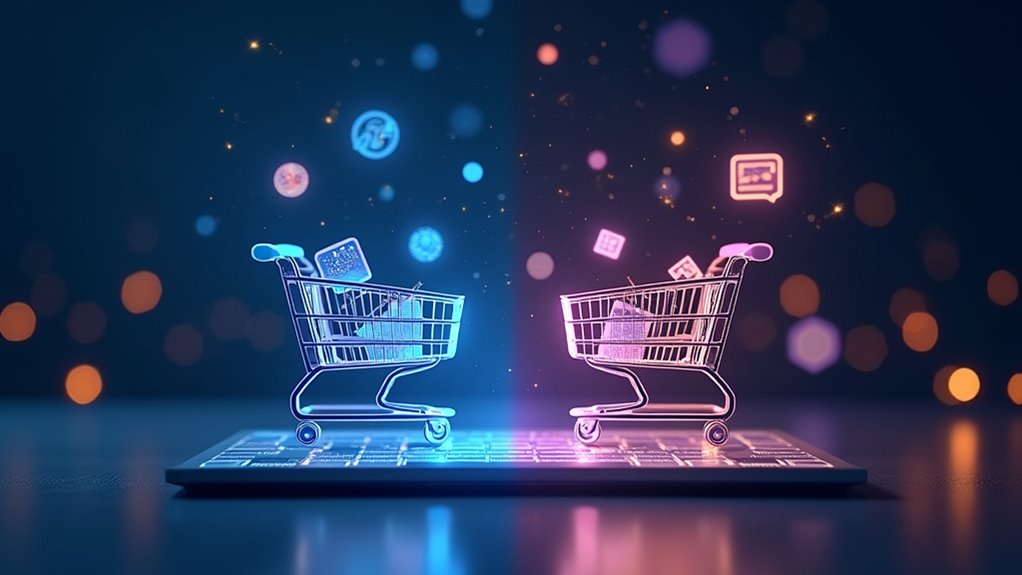AI isn’t waving a Harry Potter wand over cart abandonment, but it’s flexing: JCPenney dropped ghosted carts 18% using predictive AI, with new carts spiking 40%—not bad for algorithms. Sure, cart drop rates still haunt us like a ‘90s boy band song, but hyper-personalized emails (45% open rates), instant trust badges, and AI-powered guest checkouts are seriously slowing that money leak. Real intelligence might never hit zero drop, but it’s making FOMO shoppers stick around—here’s what’s really changing.
Let’s face it—almost everyone has abandoned an online shopping cart. Maybe the pizza got delivered, a cat video beckoned, or those surprise shipping fees felt like a mugging. Whatever the reason, eCommerce brands are bleeding cash—over $4 trillion a year globally, all because shoppers bail at the last minute. In 2023, cart abandonment rates hit their highest since 2013, with some sectors seeing 75%+ of carts ghosted. Ouch.
Shoppers ditching carts cost eCommerce brands over $4 trillion a year—blame surprise fees, distractions, or just plain ghosting.
But here’s the kicker: AI isn’t just a Silicon Valley buzzword, it’s actually helping. Take JCPenney, for example. Their predictive AI didn’t just reduce abandonment by 18%—it sparked a 40% jump in new carts and a tidy 10% revenue bump for targeted visits. This is more than just a few fancy pop-ups. We’re talking real-time engagement, dynamic risk scoring, and generative AI whipping up hyper-personalized emails so convincing, you’d swear your mother wrote them.
The magic ingredients?
- Predictive analytics that spot hesitation
- AI-powered guest checkout (bye-bye, forced account signups)
- Dynamic pricing to sidestep sticker shock
- Automated trust badges for the security-obsessed
AI doesn’t stop at emails either. It’s scripting time-sensitive offers (“Only 2 left!”), triggering retargeting ads, and even predicting the perfect send time for that “Hey, you forgot something!” nudge. Open rates for these emails hover around 45%, with half the clickers actually buying. Not bad for a little robot hustle.
Let’s do some quick math: If a store pulls in $20k a month, recovering just 30% of abandoned carts adds $45K+ a year—without chasing down new customers. AI’s secret sauce? Turning the browser who got distracted by TikTok into a buyer while keeping costs down and personalization scalable. AI systems are increasingly able to anticipate customer needs rather than just responding to queries, making the digital retail experience feel more like shopping with a knowledgeable in-store associate.]
Yet, it’s not all rainbows. There’s growing scrutiny over data use, and new challenges—like real-time chatbot cart edits and AI that can chat, show, and listen at once.
Still, if AI keeps this up, that 70% drop rate might finally go the way of dial-up internet—annoying, outdated, and soon to be forgotten.






